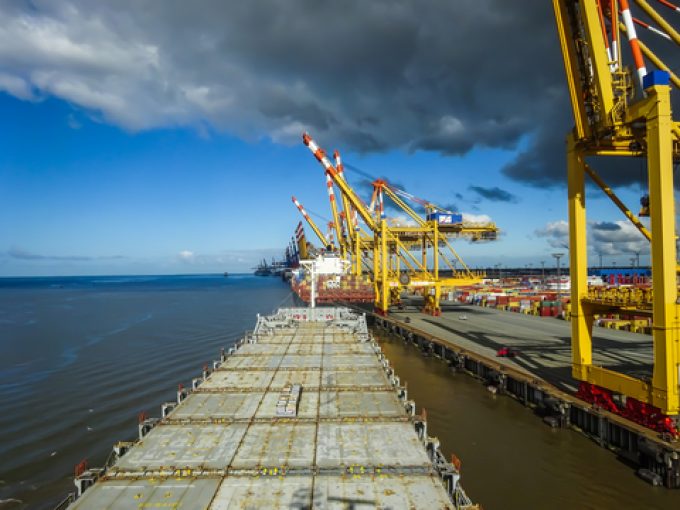MSC revamps east-west network as alliance strategies on blanking vary
As container lines try to manage capacity in the face of wild swings in short-term ...

It was just over a month ago that forwarders began to realise significant disruption was on the way for the Asia-North Europe trade – a sudden surge in demand led to tight space, combined with the beginning of spot rates’ rapid rise.
However, it also appears to have caught carriers off guard as well, as data obtained from the eeSea liner database shows that capacity reductions on the trade in April amounted to almost 25% of previously advertised capacity.
Altogether, some 1.68m ...
Maersk u-turn as port congestion increases across Northern Europe
Maersk Air Cargo sees volumes fall as it aims for 'margin in favour of revenue'
Keep our news independent, by supporting The Loadstar
Container spot rates diverge: to Europe still falling, but firmer to the US
Hapag-Lloyd won't take bookings if port congestion leaves cargo stranded
Ecommerce likely the front-runner in resurge of transpacific trade after deal
Airfreight players eye new routes as demand on the transpacific nosedives
China-US trade tariff pause could drive a rebound for transpacific rates
Service chaos from trade ban with India a problem for Pakistan shippers
Airfreight rates ex-China 'loss-making', but hopes of a trade deal stay high
Indian coastal freight attracts major carriers, but regional tension disrupts
Serious threat to jobs in US logistics as tariffs cause economic 'stagflation'
APMM floats along on 'solid' Q1 profitability in Ocean, well prepared for choppy water
MSC in terminal switch as Nhava Sheva gets strong start to new fiscal year
White House u-turns see freighters flying but keep logistics players on their toes
Carriers impose 'emergency operation' surcharges on Pakistan cargo

Comment on this article